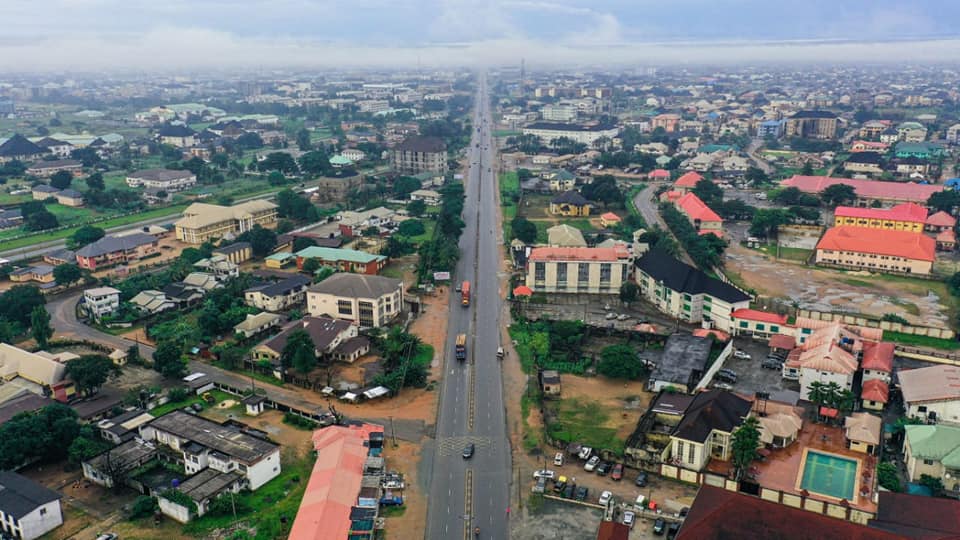Continued from yesterday
THE enumerated acts of genocide in Article 2(2) of the Statute must be committed with the intent to destroy a protected group “in whole or in part.” Thus, for any of the acts to be a constitutive element of genocide, the act must have been committed against one or several individuals.
Though, there is no numeric threshold of victims necessary to establish genocide, proof of the offence must involve the intent to destroy a “substantial” part although not necessarily a “very important part” of the targeted group. While the words “in part” require the intention to destroy a considerable number of individuals who are part of the group, genocide could target a limited geographic zone.
In Krstic, the ICTY trial chamber held the view that the intent to destroy a group ”even if only in part, means seeking to destroy a distinct part of the group as opposed to an accumulation of isolated individuals in within it. Although the perpetrators of genocide need not seek to destroy the entire group protected by the Convention, they must view the part of the group they wish to destroy as a distinct entity which must be eliminated as such”. Based on this view, the trial chamber found that the intent to kill all the Bosnian Muslim men of military age in Srebrenica constituted an intent to destroy in part the Bosnian Muslim group within the meaning of Article 4 and therefore must be qualified as genocide.
b). Acts of genocide, (i) Killing.
Following the decision in Musema, where the material elements of killing, were identified, the Semanza trial chamber opined that criminal liability for genocide by killing members of a group requires, in addition to showing that an accused possessed an intent to destroy the group as such, in whole or in part, the following elements: (1) the perpetrator intentionally killed one or more members of the group, without the necessity of premeditation; and (ii) such victim or victims belonged to the targeted ethnical, racial, national, or religious group.
The reference to “members of the group” as victims of a genocidal act in paragraph (a) of Article 2 of the Genocide Convention means that the act 6 itself must involve at least two members of the group. The ICTR trial chambers were unanimous in holding that premeditated killing is not required: intention suffices.
II. Causing serious bodily or mental harm The Trial Chambers of the ICTR consistently held, with reference to the International Law Commission that the proscribed act of causing serious bodily or mental harm to members of the group covers two types of harm that may be inflicted on an individual; bodily harm involving some type of physical injury, and mental harm involving some type of impairment of mental faculties. Serious bodily harm includes any form of physical harm or act, such as torture and sexual violence. However, causing serious bodily or mental harm to members of the group does not necessarily mean that the harm must be permanent or irremediable.
To sustain a charge of genocide founded on the commission of this offence, the Prosecution needs not demonstrate a causal relationship between acts of violence and the destruction of the group, but it must prove that one or more victims actually suffered physical or mental harm, and if this act is perpetrated with the requisite mental element, then the crime has been committed.
Deliberately inflicting conditions of life calculated to destroy the group
The expression “deliberately inflicting conditions of life calculated to bring about its physical destruction, in whole or in part”, was construed in Akayesu, as the methods of destruction by which the perpetrator does not immediately kill the members of the group, but which, ultimately, seek their physical destruction. Creating circumstances which will lead to a slow death, such as, lack of proper housing, clothing, hygiene and medical care or excessive work or physical exertion have been considered sufficient to constitute this act.
In the opinion of the trial chamber in Kayishema and Ruzindana, the conditions of life envisaged under this heading also include rape, the starving of a group of people, reducing required medical services below a minimum, and withholding sufficient living accommodation for a reasonable period, provided the above would lead to the destruction of the group in whole or in part.
Imposing conditions intended to prevent births
In Musema, the trial chamber construed the words “measures intended to prevent births within the group” as including sexual mutilation, enforced sterilisation, forced birth control, forced separation of males and females, and prohibition of marriages. In line with the position of the tribunal in previous cases, the chamber noted that measures intended to prevent births within the group may be not only physical, but also mental.
Forcibly transferring children
The purpose of this prohibition is twofold: to sanction a direct act of forcible physical transfer but also to sanction acts of trauma which would lead to the forcible transfer of children from one group to another.
Is genocide against Christians occurring in (Northern) Nigeria?
Under the Rome statute of the ICC and the Genocide Convention, Christians constitute a protected “religious group.” That element is quite straightforward. Regarding proscribed acts, there is ample evidence of killings, abductions, forced displacement, and destruction of churches by jihadist actors (Boko Haram/ISWAP) in parts of Borno, Yobe, Adamawa, and segments of the Middle Belt that can satisfy Article II(a)–(c) in specific incidents. Monitoring continues to document lethal attacks on Christian civilians and congregations (including village raids and executions claimed by ISWAP), alongside large-scale violence by bandit groups. As always, the critical element is dolus specialis.
ICTR/ICTY case law requires proof, direct or reliably inferable, that perpetrators intended to destroy the group as such, in whole or in substantial part. Jihadist propaganda and statements attributed to Boko Haram/ISWAP leaders calling for attacks on Christians as Christians can be probative of genocidal intent in discrete episodes. Yet across Nigeria’s wider crisis, the best available data and international human rights reporting indicate a multi-actor, multi-motive conflict in which both Christians and Muslims are frequently targeted, with patterns driven by geography, insurgency, banditry, land/resource conflicts, and opportunistic criminality.
That broader pattern strongly supports crimes against humanity (e.g., persecution, murder, deportation/forcible transfer) and, where applicable, war crimes, but does not, on current public evidence, establish a nationwide genocidal campaign to destroy Christians as such. In conclusion, genocide is the crime of crimes because it punishes intent to annihilate a group as such, a mental element that cannot be assumed, even amid mass atrocity.
Nigerian’s unprecedented suffering and anguish demand accountability: crimes against humanity and war crimes are already made out in many places, and in narrowly defined contexts, the evidence may prove genocidal intent against Christians. But the law insists we say genocide only when the elements say so. Anything less, whether minimisation or exaggeration, betrays victims and weakens the very norms meant to protect them.
Concluded.
Segun Jegede is a lawyer and former United Nations Prosecutor.






